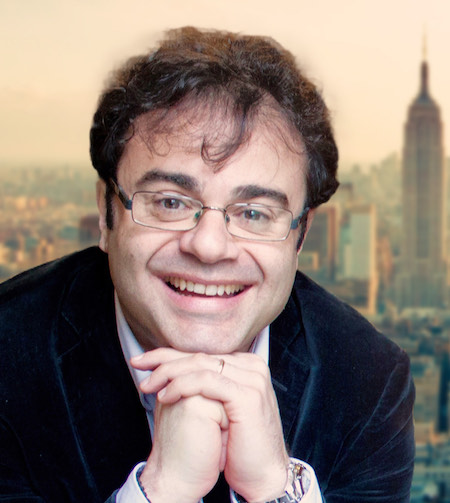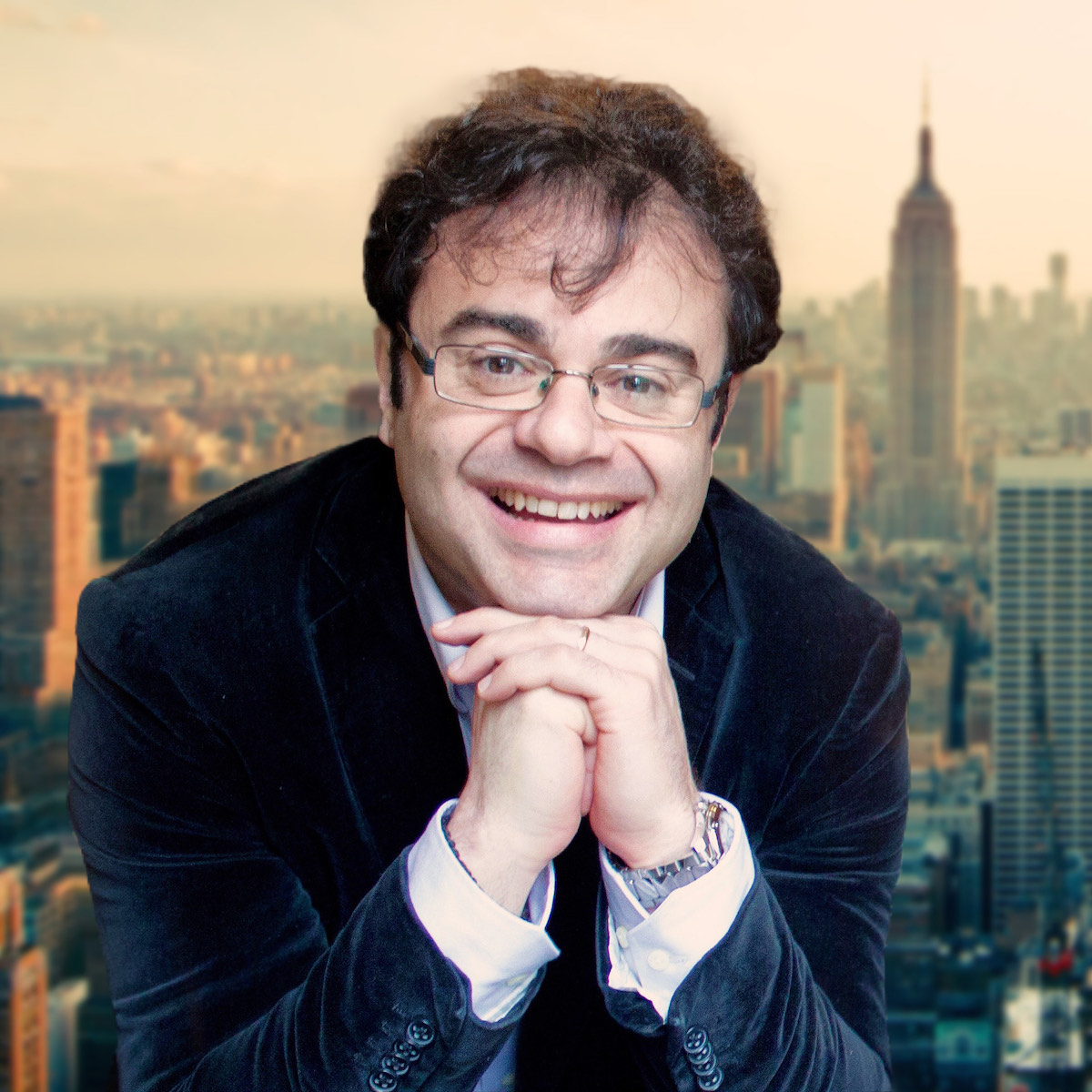People who have already experienced some piano lessons with me know very well my main motto:
“There are two ways to teach:
1) one way is to work only on the pieces, without any interest in the student in front of you.. this way is like going to the doctor who prescribes medicines.. (some fingering here.. some more pedal there..)
2) another way to teach is to work on student through the pieces.. this is the most challenging but also the most fruitful way of teaching!
The second one is my way!”
Please, don’t think that I have reached these conclusions so fast and without passing through a tortuous and difficult path.. rather.. the opposite..
One of the most frequent question I’m asked (almost every time I finish a performance..) is which kind of work and study I actually did to reach such of a fluent and strong piano technique!
Everyone is expecting from me to provide some miraculous and exclusive exercise that will magically open the doors of the perfect technique. It’s absolutely NOT like that. The piano schools, all over the world, spend too much time for giving technical exercises that, in most cases, are practiced without the right way and without paying attention to the most effective and fundamental element: coordination.
That’s the true secret to a functional and versatile piano technique!
It’s almost impossible to summarize in few lines how much right coordination can positively affect all the aspects of the piano playing (speed, equality, sound, colors, tone, power, sound projection, sound control, etc).
Coordination is the “key”: if you find it you have access to the solution, if you don’t, you’ll never achieve your goals, no matter how long and how hard you’re being working..!
The real issue is how to bring a student to find the “key”, which repertoire is more suitable and which pieces are more adapt in order to oblige our selves to look for the key! The choice is very important and may influence the time required to find the right approach. In fact, although all the important piano works require a certain level of coordination, it’s equally true that some of them cannot in any way be solved without an high level of coordination. That’s why I carefully choose these works to my students or to professional pianists who come to me for improving their playing and who ask me to advice them. That’s also the reason I always look for a repertoire “to work on student through the pieces”!
Coordination is the opposite of brute force, because it allows the pianist to “distribute” the effort between different muscles and NEVER to only one muscle. Moreover, the strongest muscles are those that will have a greater workload, while the weaker muscles will have a lower one.
So, no pain, no unnatural strains and no tendinitis!
What is really exciting is that we could get young students used to it from the very early phase of their studies, however, for some strange reason, most of piano schools persist in thinking that coordination belongs to the next phase of piano studies. That’s not true and coordination may be implemented in any piece and at any level. It’s just a matter of modulating the difficulty, but the principle it’s exactly the same.
How to achieve that? Not at all easy to explain in an exhaustive way without having the opportunity to show it at the piano, but the first thing to keep in mind is that coordination may be considered as a type of “cooperation” between the various elements that make up our arm.
We should, for example, start from the idea that the independence of fingers cannot be separated from the interdependence between fingers and wrist, forearm, elbow and arm. Everything must be “involved” in the right measure and in the right way.
I’m now coming back to the title of my article: pure teacher or pianist- teacher? How did I come to these conclusions? Through my personal study and my daily practicing as a concert pianist. Before testing it on students I did on my own skin.. and.. it worked on me.
So, to answer my question: I believe that to be a pianist-teacher can offer some add-value to students.
Piano teaching requires the experience of militant pianists!
#teaching

Daniele Petralia
Italian pianist Daniele Petralia enjoys an active concert schedule worldwide. He has performed as a soloist with Sicilian Symphony Orchestra, Massimo Bellini Theatre Orchestra, Arad State Symphony Orchestra, Orchestra of the Settimane Musicali di Stresa Academy, Donetsk Symphony Orchestra, New World Philharmonic Orchestra of Montreal, Liepaja State Symphony Orchestra, Sydney Symphony Orchestra under the direction of Vladimir Ashkenazy .
He obtained multiple First and Second Prizes at National and Internation Piano Competitions including “Prix Saint-Vincent”, “Ibla Grand Prize”,“F.P.Neglia” of Enna, “V.Bellini” of Caltanissetta, and the “Grand Prize of Princess Lalla Meriem” the prestigious International Piano Competitions of “Meknès” in Morocco.



Comments are closed.